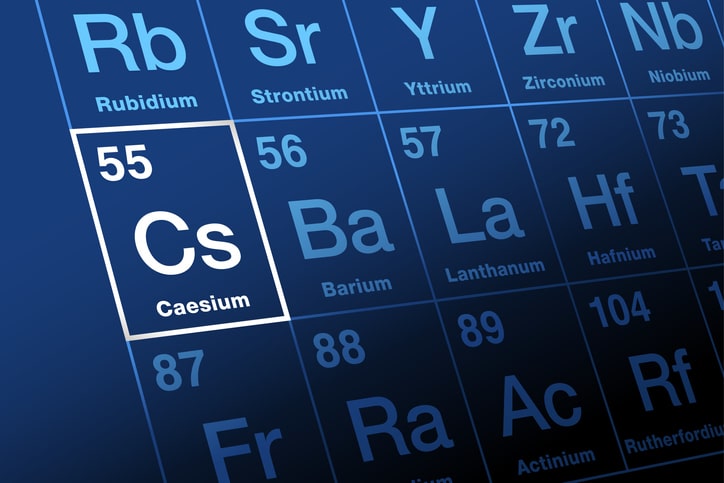Understanding the Hazardous Materials Table is essential for professionals involved in hazardous materials assessments and seeking guidance from a hazardous materials consultant. This comprehensive guide aims to demystify the Hazardous Materials Table and provide valuable insights into interpreting its contents. By mastering the art of reading this important resource, you can ensure the safety and compliance of your operations when dealing with hazardous materials.
Step-By-Step Guide to Reading a Hazardous Materials Table
Reading a Hazardous Materials Table may seem complex at first, but with the right approach, it becomes more manageable. Here is a step-by-step guide on how to read a Hazardous Materials Table:

Step #1: Familiarize Yourself with the Sections
The table is divided into eight sections, each representing a specific hazard category. These include explosives, gases, flammable liquids, flammable solids, oxidizing substances and organic peroxides, toxic and infectious substances, radioactive materials, and corrosives.
Step #2: Locate the Material
Determine the hazard class or category of the material you are interested in. Navigate to the corresponding section of the table.
Step #3: Identify the Proper Shipping Name
Find the proper shipping name of the material. It accurately describes the substance or article being transported.
Step #4: Note the Hazard Class
Each material is assigned a hazard class, which indicates the type of risk it poses. Common hazard classes include explosives (Class 1), flammable liquids (Class 3), and corrosives (Class 8).
Step #5: Determine the Packing Group
The packing group categorizes the material’s degree of danger within its hazard class. It is denoted by Roman numerals (I, II, or III), with I representing the highest level of danger.
Step #6: Check the Identification Number
The identification number is a unique identifier for the material used for shipping papers and labels. It aids in accurate tracking and documentation.
Step #7: Understand Additional Requirements
Depending on the material, specific packaging, labelling, or handling requirements may be mentioned in the table. Take note of any additional information provided.
Bonus Step #8: Seek Guidance If Needed
If you require further clarification or assistance, consult a hazardous materials consultant or refer to relevant regulatory guidelines for detailed instructions.
By following these steps, you can effectively read and interpret the Hazardous Materials Table, ensuring safe handling and compliance with regulations.
Role of a Hazardous Materials Table in Hazardous Materials Assessments
The Hazardous Materials Table is a vital resource used in hazardous materials assessments to ensure accurate classification, handling, and management of hazardous substances. Here’s how the Hazardous Materials Table is utilized for these assessments:
Identification of Hazardous Materials
The table helps assessors identify specific hazardous materials based on their proper shipping names, hazard classes, packing groups, and identification numbers. This information enables them to recognize and categorize the substances being assessed accurately.
Risk Evaluation
Hazardous materials assessments involve evaluating the risks associated with each identified hazardous material. The Hazardous Materials Table provides crucial data about the materials’ properties, hazard classes, and packing groups, allowing assessors to determine the potential risks and hazards.
Compliance with Regulations
The Hazardous Materials Table is a regulatory tool that ensures compliance by providing the necessary information for classifying, labelling, packaging, and transporting hazardous materials according to specific regulations and standards.
Safety Precautions
The focus of hazardous materials assessments ensures appropriate safety measures to protect workers, the public, and the environment. The Hazardous Materials Table aids in determining the necessary safety precautions, including handling procedures, personal protective equipment (PPE) requirements, storage guidelines, and emergency response protocols.
Documentation and Reporting
Hazardous materials assessments involve thorough documentation and reporting of hazardous materials in the workplace. The information from the Hazardous Materials Table, such as proper shipping names, hazard classes, and identification numbers, is essential for accurate and detailed reporting, ensuring regulatory compliance and effective communication of the hazards involved.
Guidance for Mitigation Strategies
The Hazardous Materials Table assists assessors in developing appropriate risk mitigation strategies. It provides insights into hazardous materials’ specific properties and risks, helping them devise effective control measures, training programs, and emergency response plans to minimize exposure and prevent incidents.
By utilizing the Hazardous Materials Table during assessments, professionals can make informed decisions, ensure compliance, and implement effective strategies to mitigate risks associated with hazardous materials. It is a valuable reference tool that promotes safety, regulatory adherence, and overall hazard management in various industries.
Alberta Safety & Environmental Services (ASE Services) is one of the most reputable providers of Hazardous materials assessment and hygiene inspection services—including asbestos, lead, mould, mercury, and silica detection, as well as industrial hygiene testing for grow ops and other facilities. With a background in Alberta’s Occupational Health & Safety Commission and professional project management skills, our qualified staff can provide reliable handling of air quality and industrial hygiene from initial industrial inspection all the way to remediation programs. Whether just for a permit, or in-depth air quality control, we can help. Feel free to reach out and secure air quality and hygiene requirements for your building.
